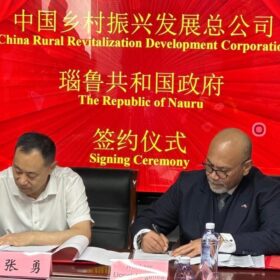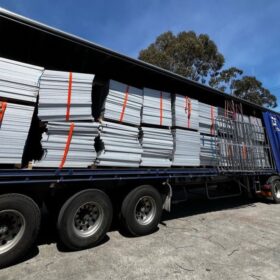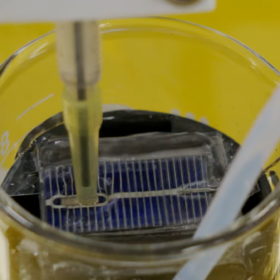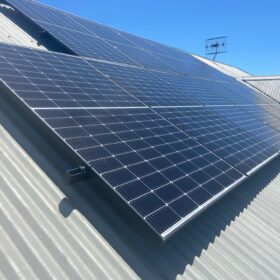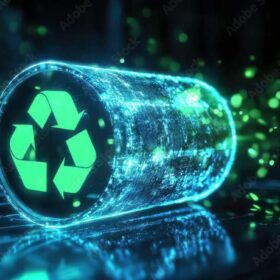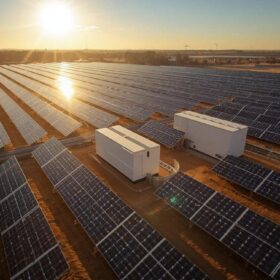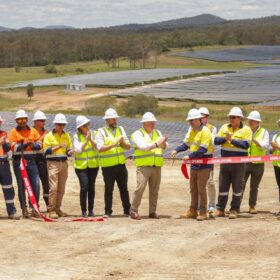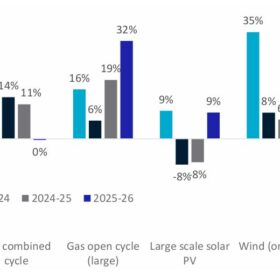$1 billion Chinese investment in Nauru includes renewable energy projects
The Pacific Island nation of Nauru has signed a $1 billion investment project proposal with a Chinese revitalisation and development corporation, which includes developing renewable energy and green transport sectors.
Energy ministers make move towards national solar stewardship scheme
Australia’s federal, state and territory governments will seek to set up a national product stewardship scheme to proactively manage the recycling and reuse of millions of tonnes of decommissioned PV modules over the decades ahead.
Breakthrough extraction technology a silver bullet for solar panel recycling
A breakthrough technology to “mine” silver from decommissioned solar panels has been mastered by Macquarie University researchers, and in partnership with Lithium Universe, will see the resource repurposed in electronics and solar panel industries.
New pilot facility to drive membrane technology from lab to market
A new membrane pilot facility at Monash University, Victoria is anticipated to lay foundations for breakthroughs in sustainable energy and help propel membrane science and technology research into real-world industrial solutions.
Very remote First Nations community to pilot state-of-the-art hybrid microgrid
The First Nations community of Blackstone in very remote Western Australia, has been chosen to pilot a state-of-the-art hybrid microgrid to test the feasibility of delivering reliable, renewable energy systems to remote areas.
Coal waste breakthrough could unlock resources for 15 million EV magnets
Minerals to make magnets for 15 million electric vehicles is the potential of a Monash University breakthrough, turning proverbial water into wine, after extracting 17 critical minerals from coal fly ash, mine tailings, and old electronics.
Energus to run feasibility study for solar-grade polysilicon production facility
Commercial solar specialist Energus will investigate the viability of building a 50,000 tonne-per-year solar-grade polysilicon production facility in the New South Wales Hunter Valley as part of broader plans to boost domestic PV manufacturing capability across Australia.
Landholders scoop $30,000 per hectare per year to host 5 MW batteries
Renewable energy land brokerage Rok Solid has found landowners in Queensland, New South Wales, and Victoria are being offered $30,000 per annum to lease one hectacre of land for a 30-year term.
Draft review maps consumer energy resources integration reform
Solar generation and rooftop solar are among the biggest catalysts of change to the National Electricity Market, which a draft government review aims to stabilise and improve through nine reform recommendations.
Battery recycling centre launched at University of Adelaide
The federal government’s Australian Research Council has launched a new training centre in South Australia that will seek to provide industry-led solutions for the recovery, reuse and recycling of battery waste in Australia.
